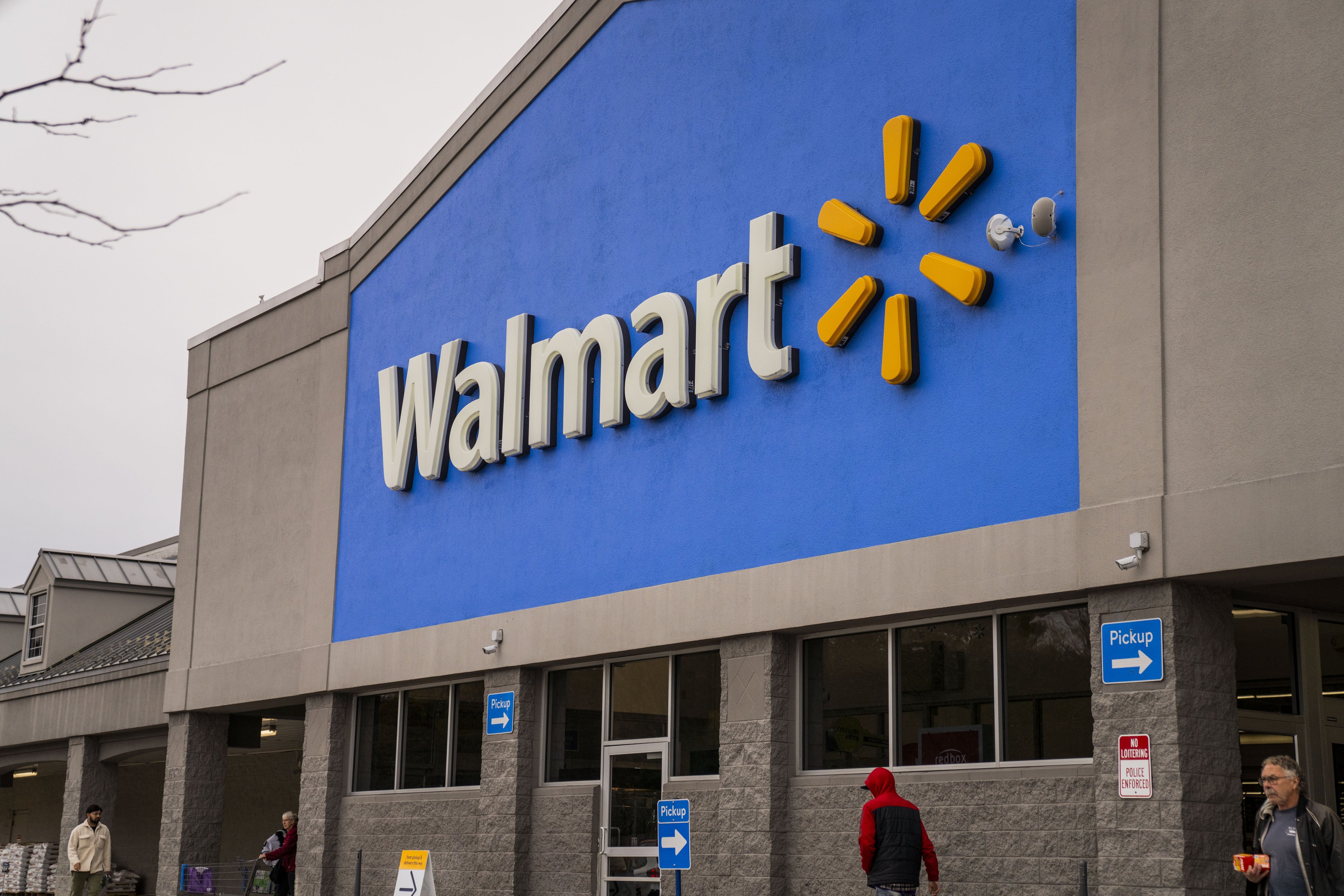Even though more people bought gifts on Thanksgiving weekend than ever before, shoppers spent less money this year. However, with fewer holiday shopping days between Thanksgiving and Christmas, retailers shelled out millions of advertising dollars hoping to lure shoppers into their stores on Black Friday weekend. Which retailer got the biggest bang from its advertising buck? And was this just a fluke or does this retailer have the goods to continue its success?
The cost of gaining today's customer
A recent analysis by Placed and Kantar Media uncovered which retailers had the best Black Friday weekend based on one key metric: cost per visitor share. This metric gives insight into how well television advertising helped drive in-store customer traffic. The study focused on three categories: department stores and mass merchandisers, home-improvement stores, and consumer electronic stores. Today, we'll look at results from the department stores and mass merchandisers category.
Even though Wal-Mart (WMT 0.33%) invested more than twice the money into TV ads than its nearest rival Target (TGT +0.63%), the retailing giant was rewarded with an incredible share of retail visitor traffic. In fact, more than one-third of all Black Friday weekend shoppers who frequented a top retailer opened their wallets at Wal-Mart. That represents the highest incidence for any retailer, nearly three times that of Target and almost 18 times that of Sears Holdings (SHLD +0.00%). As a result, Wal-Mart boasted the lowest cost per visitor share, $1.7 million, of any retailer in the study.
Compared to Wal-Mart's mammoth $57 million spent on TV ads leading up to Black Friday weekend, Target spent $28 million. Nearly 12% of all holiday weekend retail shoppers patronized a Target. Therefore, at $2.4 million per visitor share, Minneapolis-based Target harnessed the second-best cost-per-share metric of the retailers analyzed.
Coming in dead last in the department store and mass merchandiser category was Sears. The distressed retailer spent nearly as much money on TV ads ($26 million) as Target. Yet, Sears clinched less than a 2% share of all Black Friday weekend shoppers. That translates into $13.7 million per visitor share, the worst cost-per-share metric of all the retailers in the study.
A barometer of efficiency
Sure, it takes money to make money. Retailers know this. It's a key reason that they spend so heavily on advertising. One way an investor can gain insight into how much money a company spends on ads is by looking at its selling, general, and administrative (SG&A) costs. A company's SG&A costs include much more than advertising, but we can use SG&A as a percent of revenue as a broad metric to see how much of a company's revenue is shelled out for things like advertising. Check out how the three retailers mentioned above fare:
|
Company |
Fiscal Year 2012 Revenue |
SG&A as Percent of Company Revenue |
|---|---|---|
|
Wal-Mart |
$469 billion |
18.9% |
|
Target |
$73 billion |
20.8% |
|
Sears Holdings |
$40 billion |
26.7% |
Source: Yahoo! Finance.
Taking a look at these figures coupled with the cost-per-visitor-share metric, we can see that while Wal-Mart spends less of its revenue on things like advertising, each dollar it spends on TV ads generally translates into more share. By comparison, Sears spends a greater percentage of its revenue on SG&A expenses, but receives much less share. As a result, Wal-Mart appears to spend money efficiently and not waste its cash flow. The same can't be said for Sears.







